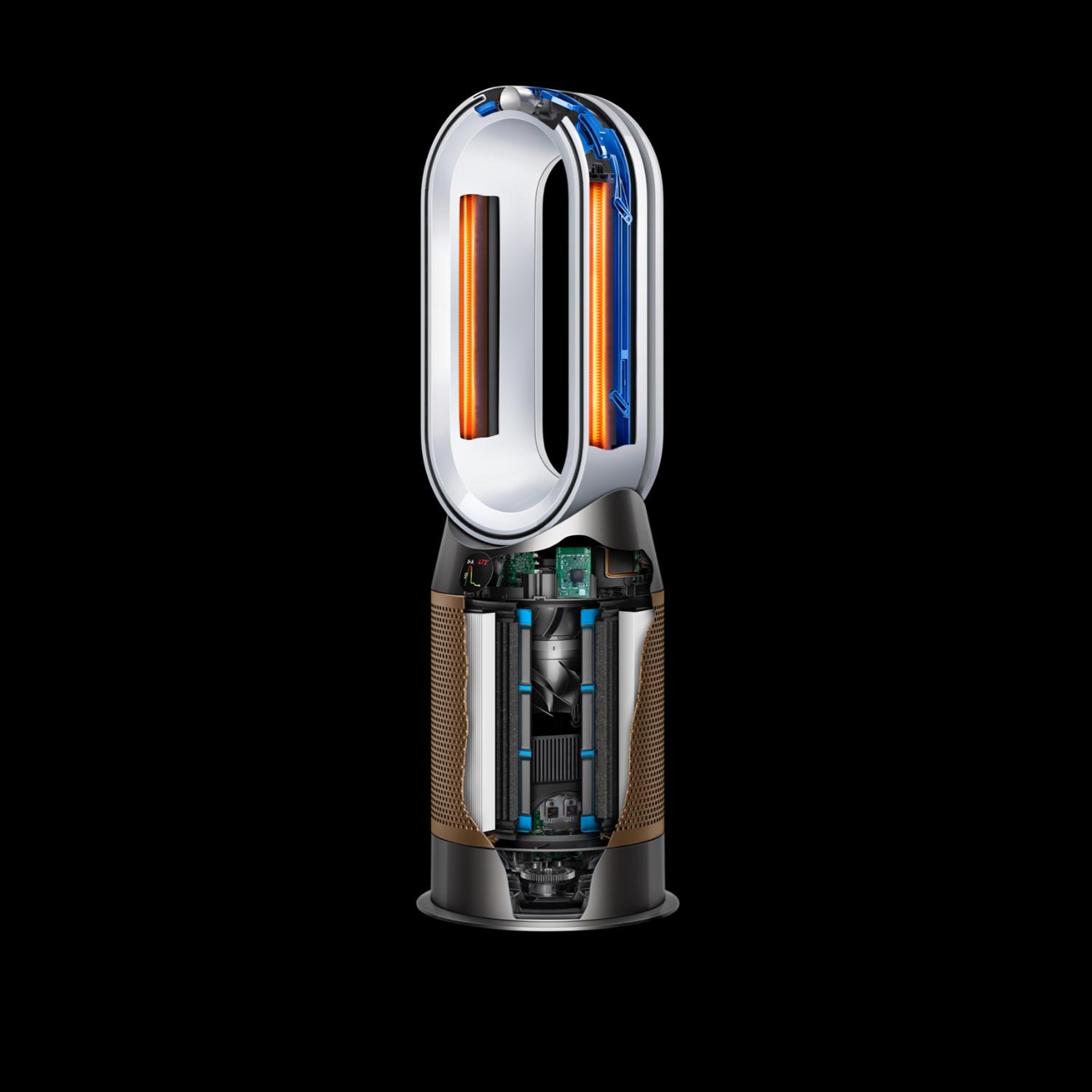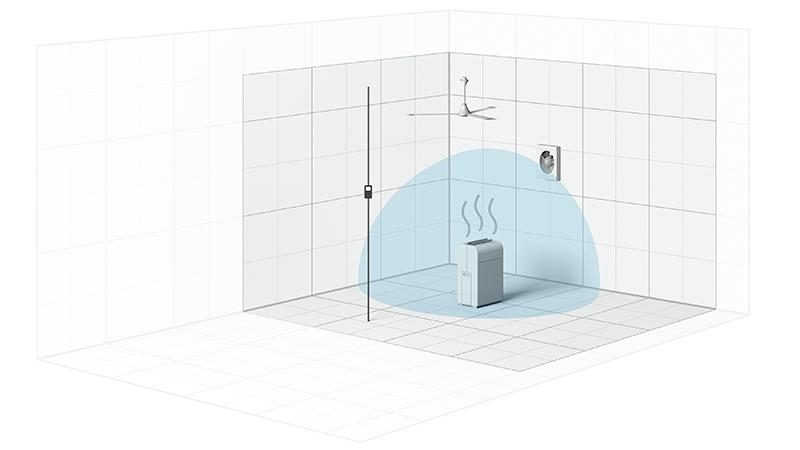Choose your model
Air valve motor
The valve mechanism is driven by a brushless stepper motor, to allow remote actuation and switching between Diffused mode and Fan mode.
We test beyond the industry standard. For real living spaces.
Dyson engineers designed the POLAR test to challenge the industry test standard – measuring filtration, sensing and circulation to ensure the whole room is purified properly.
-

CADR is not a measure of purification performance in a real-size room
28.5m³
Two additional fans boost circulation. Only one sensor measures air quality.
-

Dyson's POLAR test goes further to measure purification throughout a real-size room
81m³
No additional fans. Nine different sensors to measure even-room air quality.
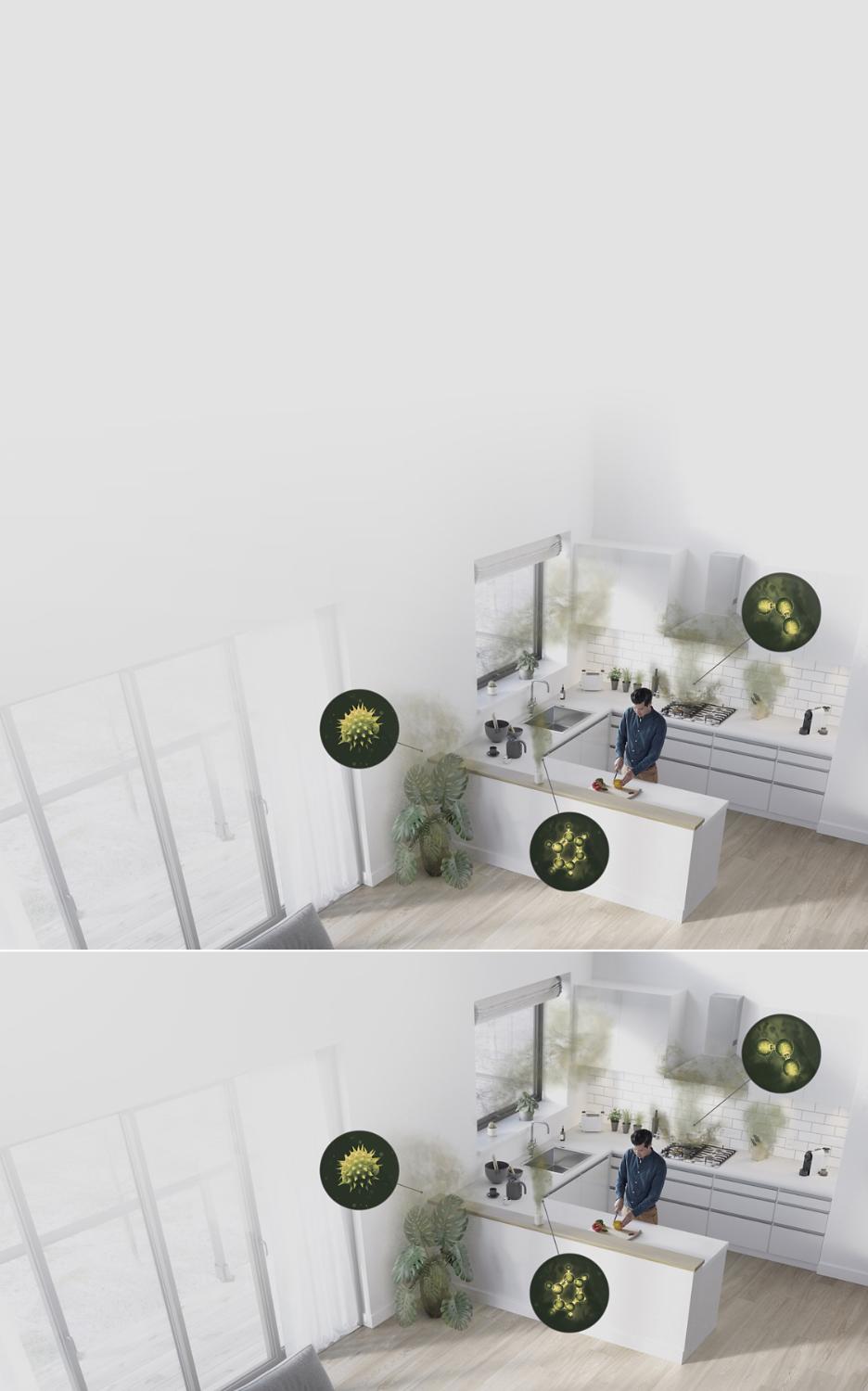
Poor air quality isn't just a problem outside.
It's a problem inside too.
From pets and flowers, to sprays and stoves, our homes can trap pollutants in the air. That's why Dyson purifiers automatically sense and remove them.

Formaldehyde is 500X smaller than PM0.1
Many household items – from decorating materials, to flooring, to plants – can release microscopic particles and gases. This includes formaldehyde, which can quickly build up and keep polluting for over a year.
-
Pollen and allergens
PM10
-
Bacteria
PM5.0
-
Industrial emissions
PM2.5
-
Ultrafine particles
PM0.3
-
Formaldehyde (HCHO)
Carpets, rugs and flooring
-
Odours
Household fumes and cooking
-
Benzene and VOCs
Cleaning products and candles
-
Nitrogen dioxide
Gas stoves and car exhausts


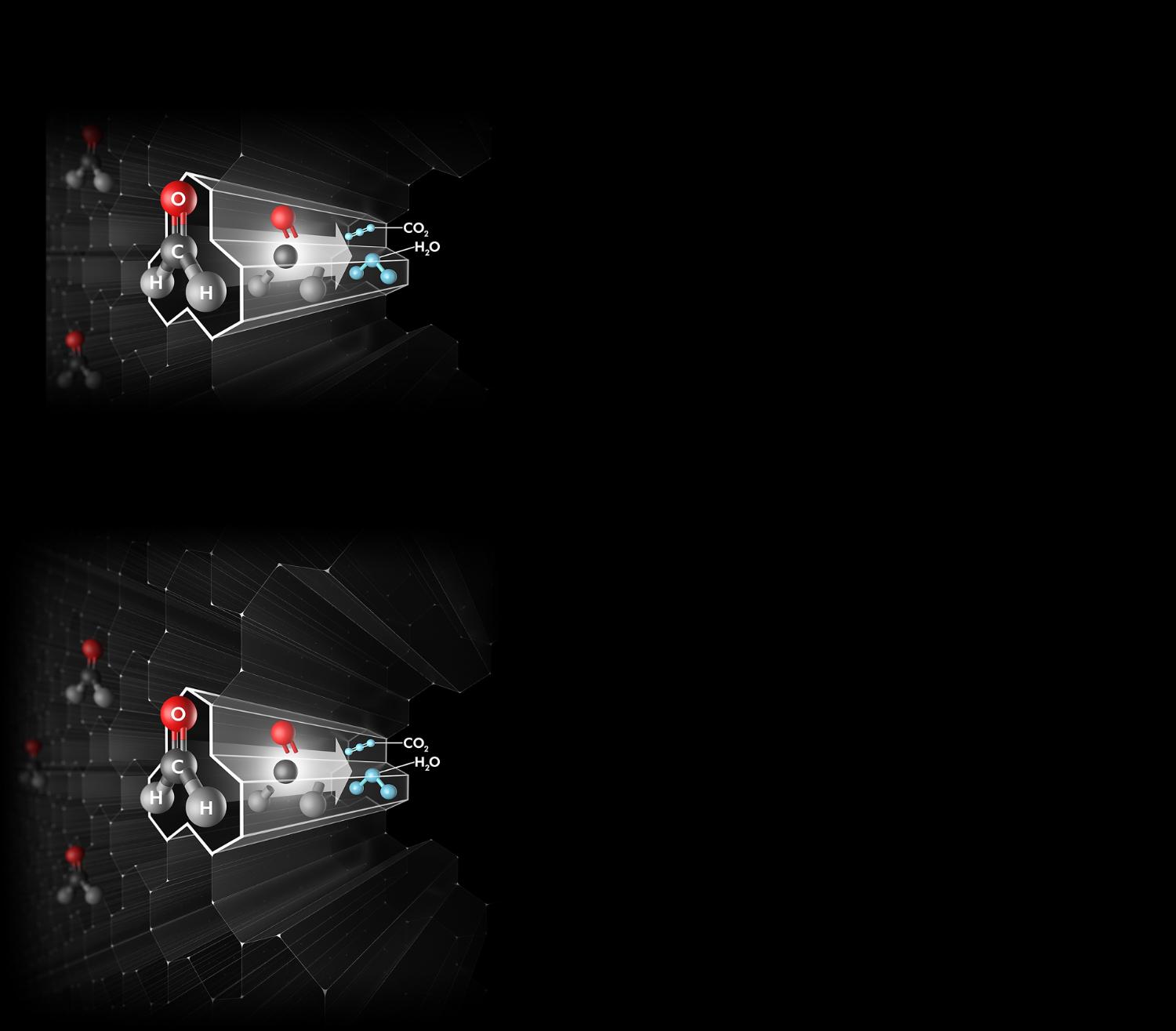
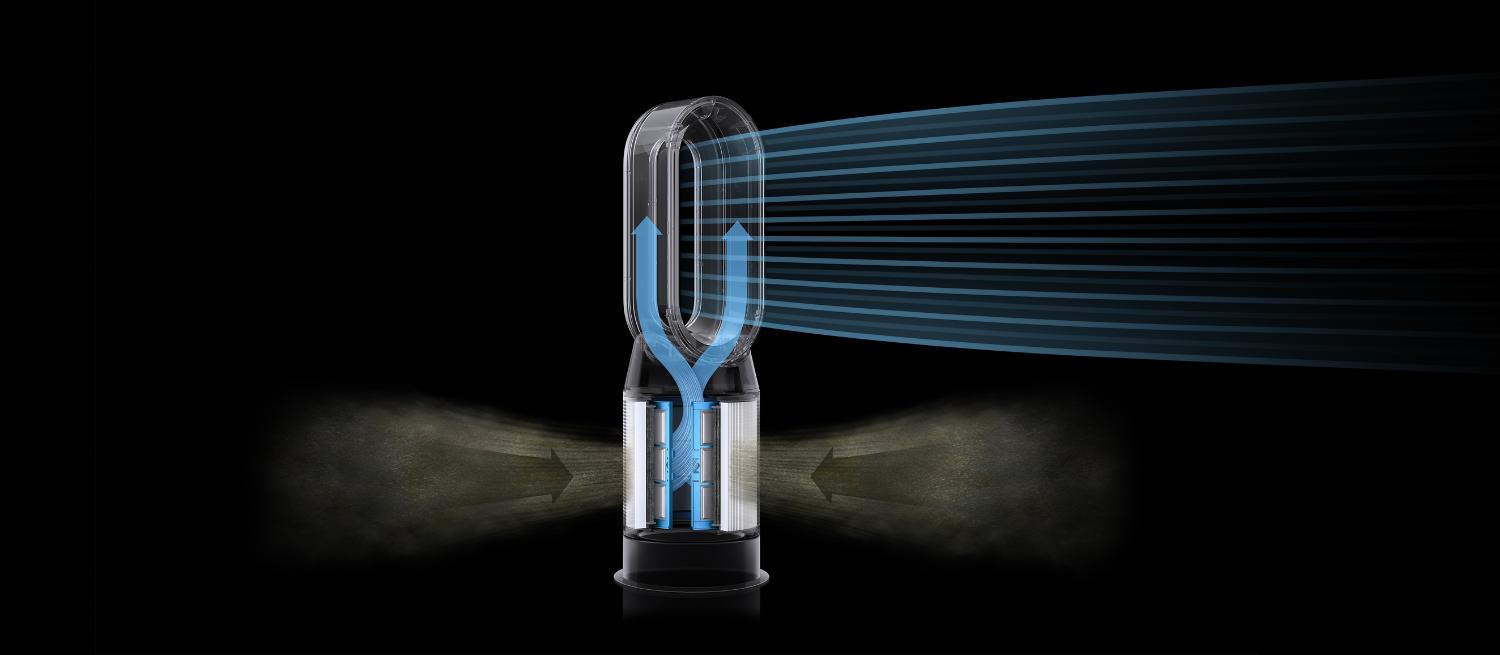
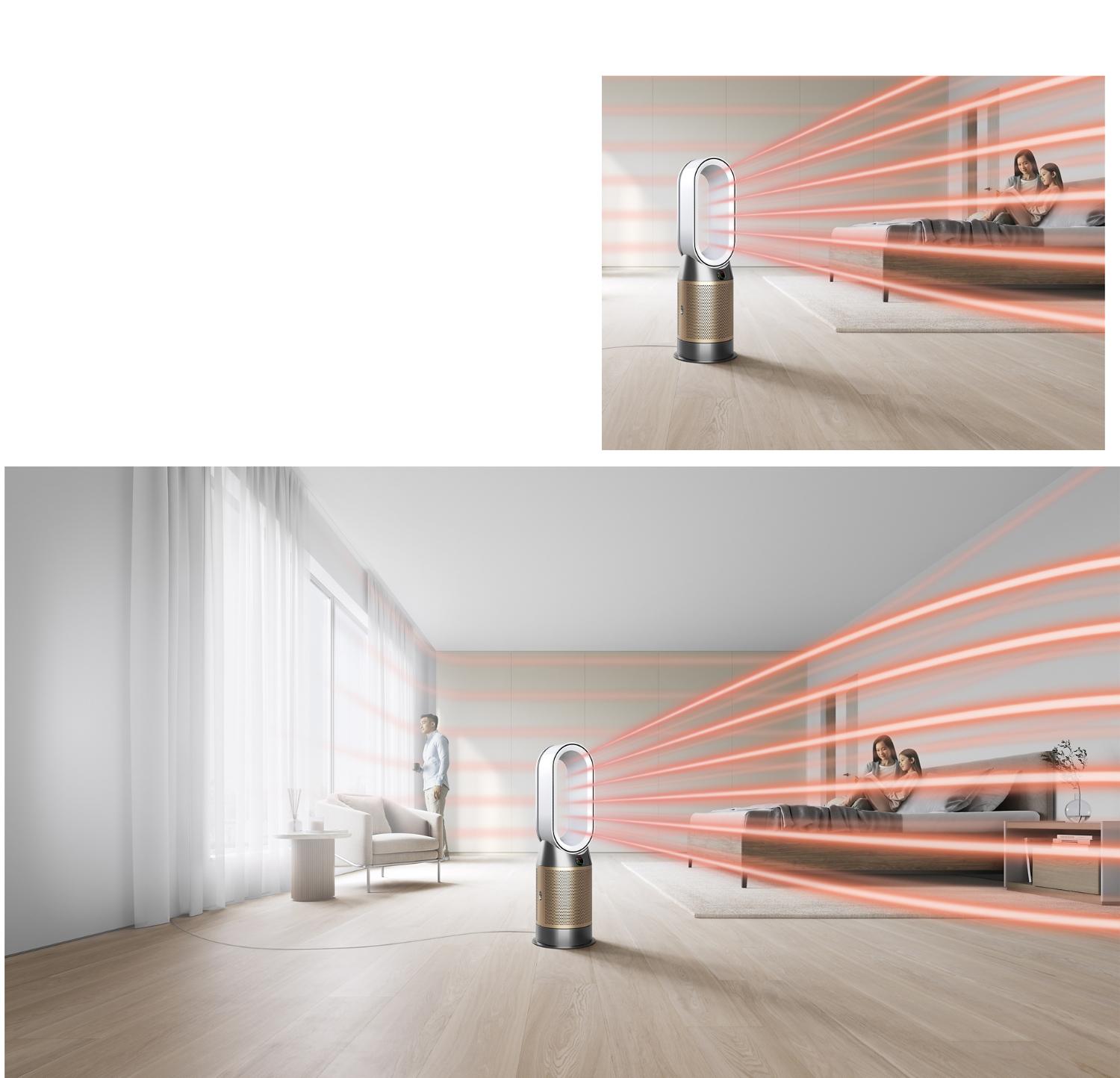
Fast, even room heating
Air Multiplier™ technology projects purified, heated air throughout the room.² Once your target temperature is reached, heating automatically stops.

Features
-

Cools you in summer
Projects over 290 litres of air a second for cooling airflow.
-

Diffused mode. Purifies without cooling you.
Airflow is diverted through the back of the machine, maintaining effective purification.
-

Night mode
For lighter sleepers, it monitors and purifies using the quietest settings along with a dimmed display.
-

Easy filter care
The catalytic filter never needs replacing. And when you need a new HEPA+Carbon filter, the MyDyson app⁵ lets you know.
Frequently asked questions
Dyson engineers are perfectionists. Channelling our relentless dissatisfaction, we have re-engineered our latest’s purifiers to be fully sealed to HEPA H13 standard.⁴ To trap pollutants inside, removing them from the air you breathe.
The Dyson Purifier Hot+Cool Formaldehyde has all of the capabilities found in our advanced purification products but goes a step further to detect and destroy formaldehyde. An added solid state-sensor precisely detects formaldehyde, while our catalytic filter breaks it down into two safer molecules – carbon dioxide and water.
Formaldehyde is a polluting gas formed of carbon, hydrogen and oxygen that is commonly found in homes. Common sources of formaldehyde in your home could be: paint and varnishes, air fresheners, mattresses, furniture, household cleaners, carpets, particleboard and plywood, electronics, dryer sheets, nail polish remover, moth balls, toys, fireplaces and wood burning stoves.
We recommend replacing the HEPA+Carbon filter every 12 months. That's because over time, filters can get clogged with pollutants, and even let unpleasant odours back into the room. The machine will alert you when it’s time to change filters. A filter life reading can be found on the LCD screen and via the Dyson Link app. The catalytic filter never needs replacing.
Get more from your Dyson with the MyDyson™ app*
-
Control air quality, wherever you are
Control your air purifier from anywhere with your smart device, whether you’re traveling, at work, or simply at home on the sofa.
-
Monitor air quality. View reports, fast.
Monitor indoor and outdoor air quality from your smart device. See your machine’s activity as well as temperature, humidity, and filter reports.
-
Automated filter alerts
You’ll never need to worry about when to replace your filter. We’ll let you know. Helping your machine to always perform at its best.
*The MyDysonTM app is only compatible with select Dyson products. For a list of compatible products, please click here.
*Dyson purifiers were challenged with airborne influenza A (H1N1 virus), MS2 bacteriophage and Phi-6 bacteriophage at independent labs, using a 30 m3 chamber for 60 minutes or 90 minutes (Phi-6) at maximum fan speed. Dyson Purifiers were also challenged with airborne SARS-CoV-2 (the virus that causes COVID-19) at an independent lab, using a 0.37 m3 chamber for 90 seconds. Real-life efficacy may vary.
¹ Third party full machine testing based on GB/T 18801-2015 formaldehyde cumulative clean mass testing with continuous injection until plateau of formaldehyde CADR is achieved. Results may vary in practice.
² Tested for air projection (DTM801), purification coverage in a 2860ft³ room (TM-003711), and heating performance in a 1236ft³ room (DTM961).
³ Gas capture rates may vary.
⁴ Particle challenge by DEHS oil specified in EN1822 within a chamber specified in ASTM F3150. Tested in Max Mode at IBR US, for whole machine efficiency above 99.95%.
⁵ Requires device to run app, Wi-Fi or mobile data, Bluetooth 4.0 support, and iOS version 10 or Android version 5 (or above). Standard data and messaging rates may apply. App control doesn’t apply to heating.
⁶ Refer to the MyDyson app for compatible voice services.
Apple and the Apple logo are trademarks of Apple Inc., registered in Canada and other countries.
App Store is a service mark of Apple Inc., registered in Canada and other countries.
Google Play and the Google Play logo are trademarks of Google Inc.
*Terms and conditions apply. Click here to see full terms and conditions.











